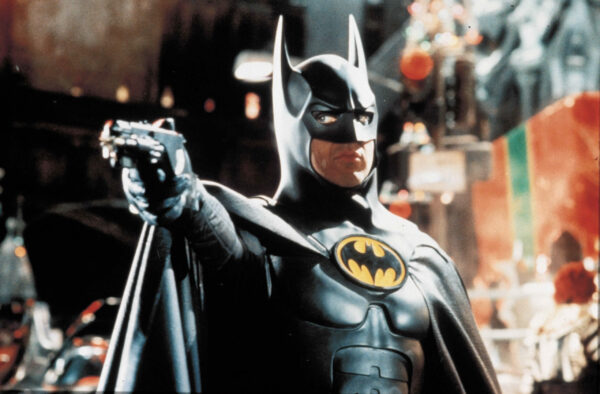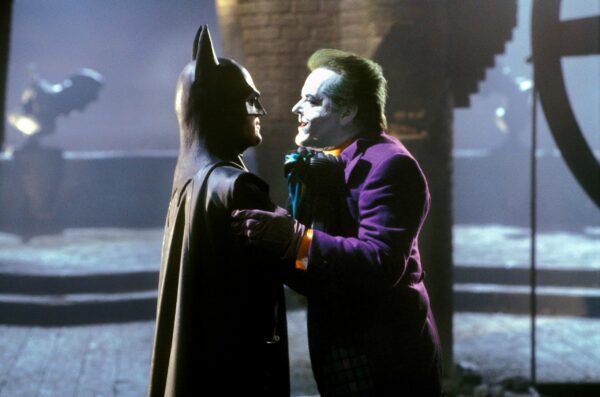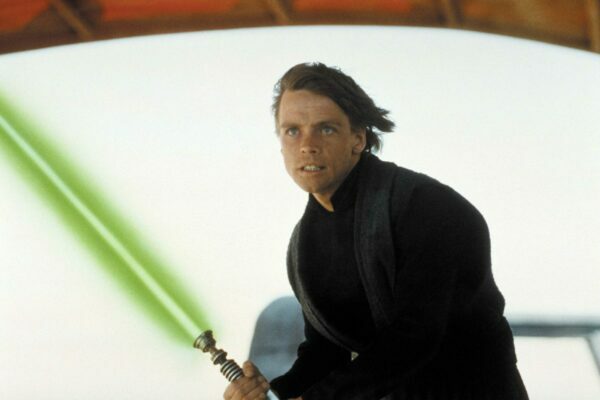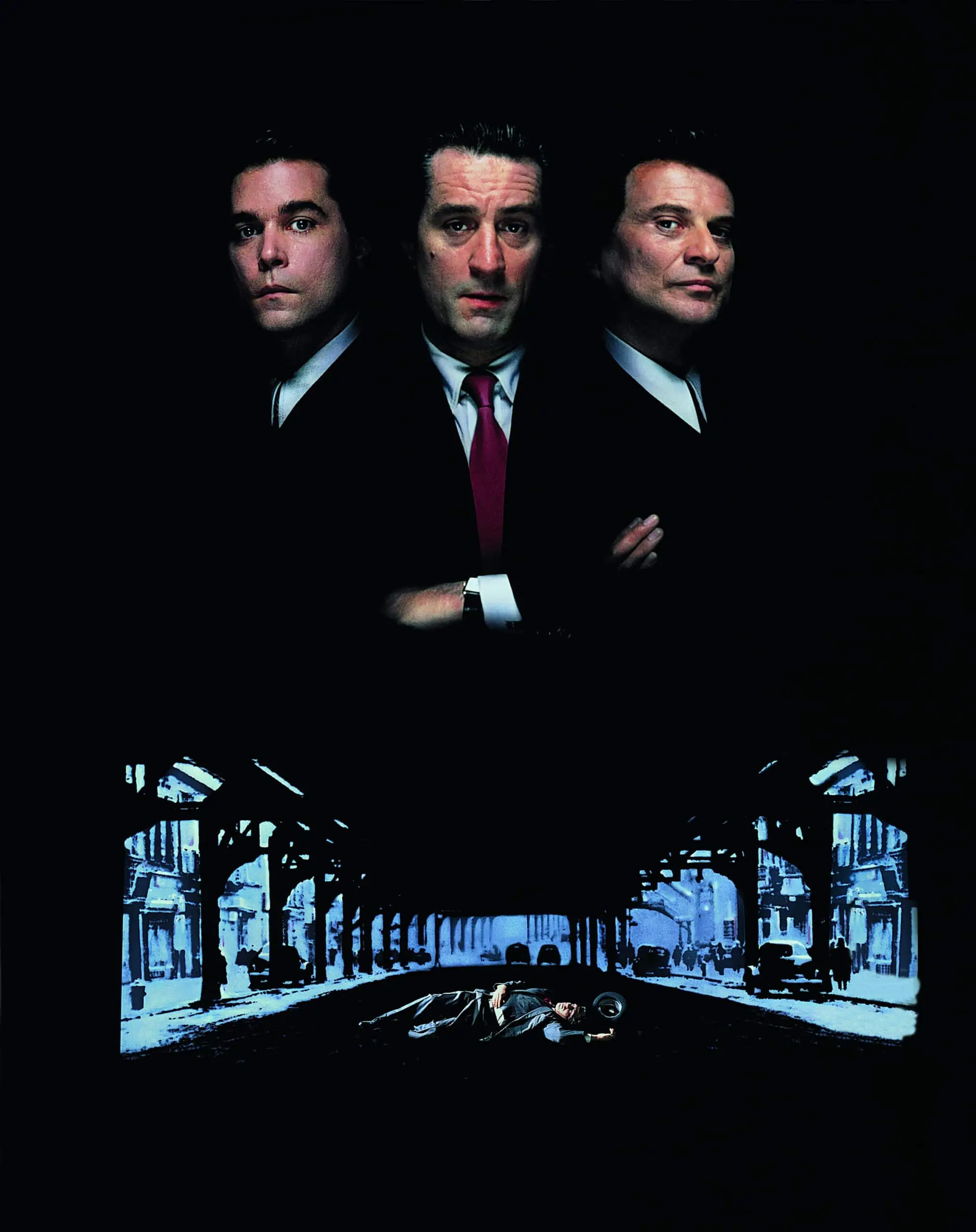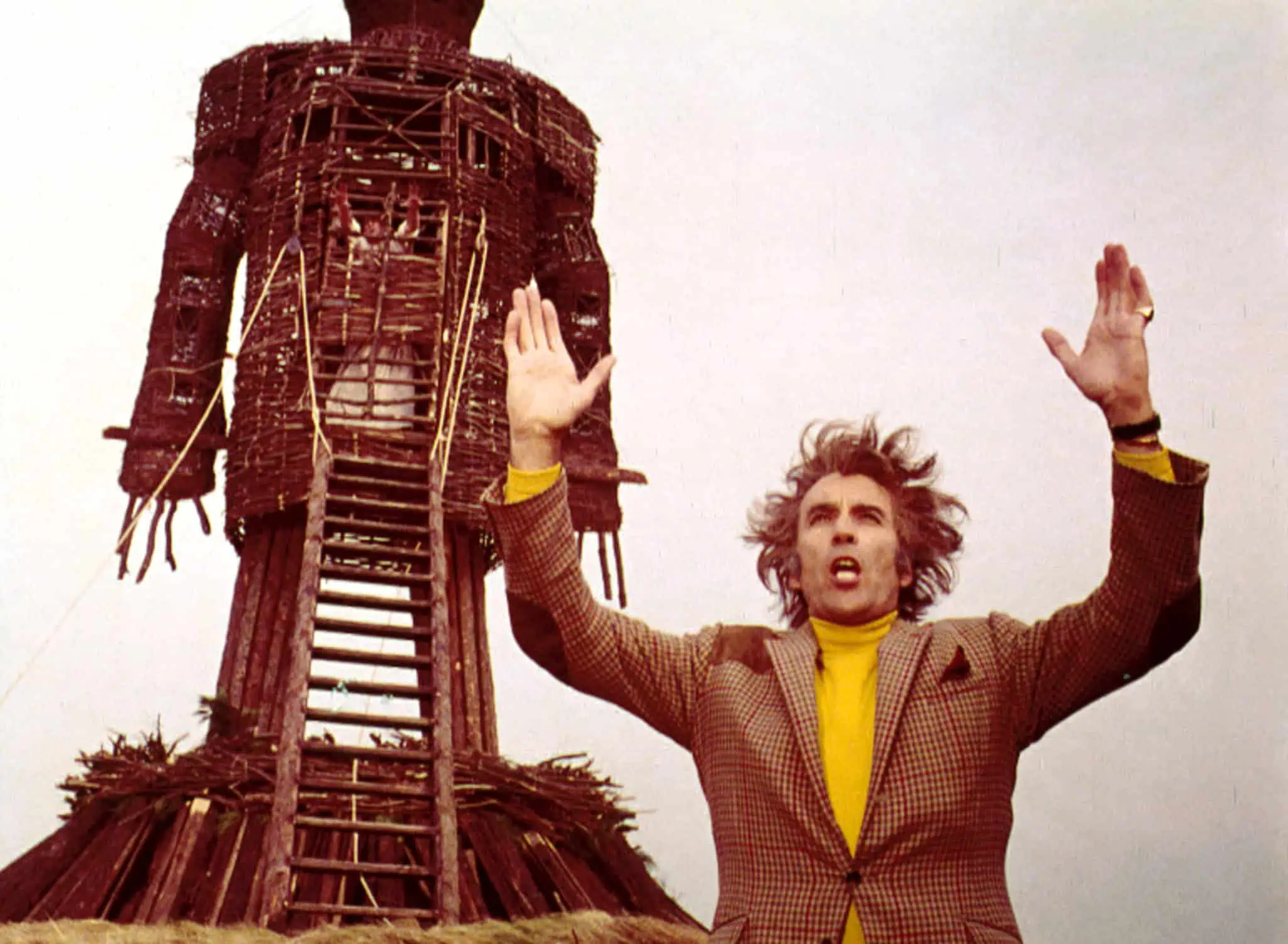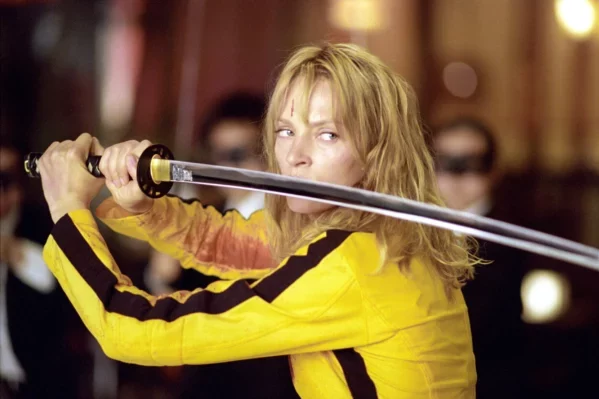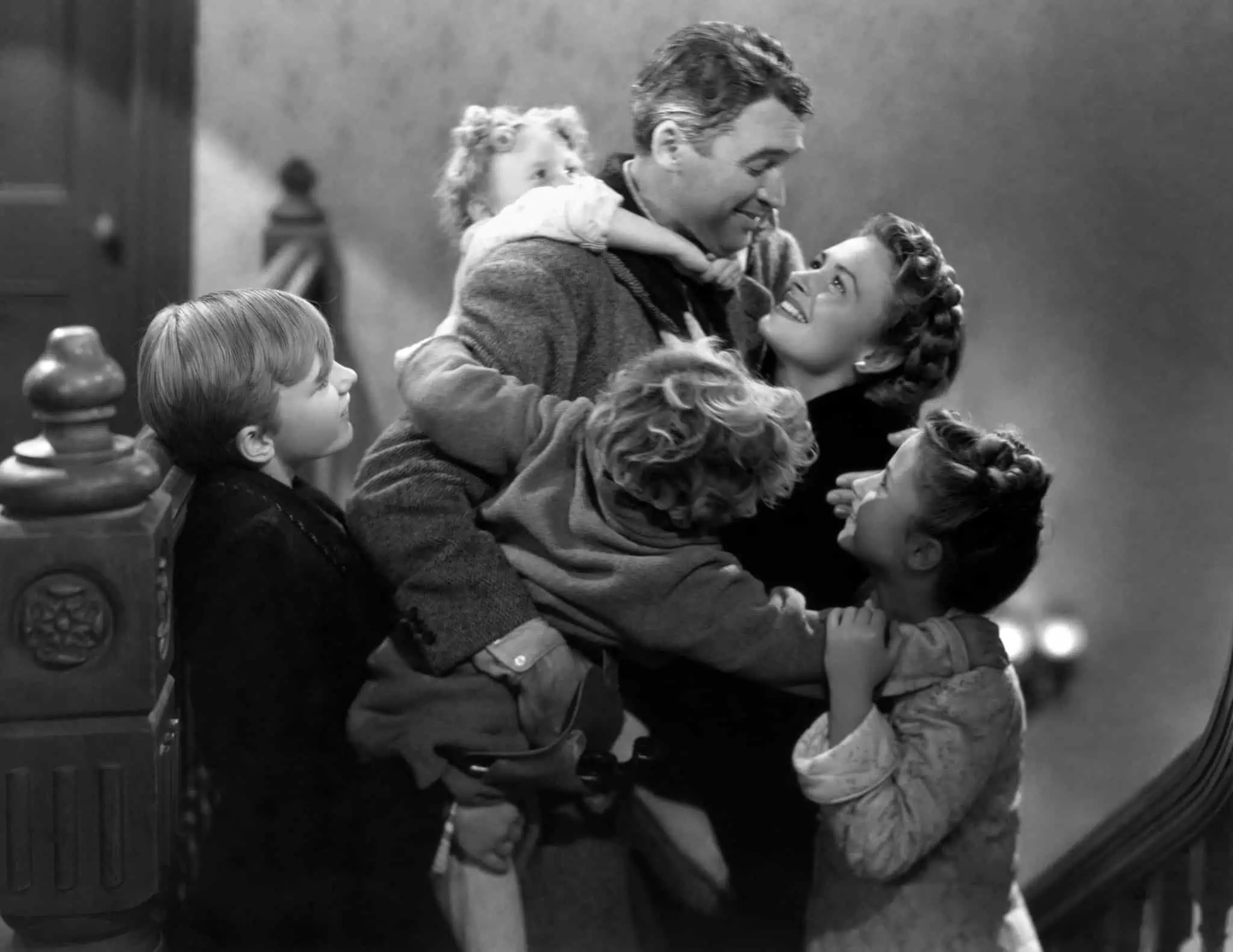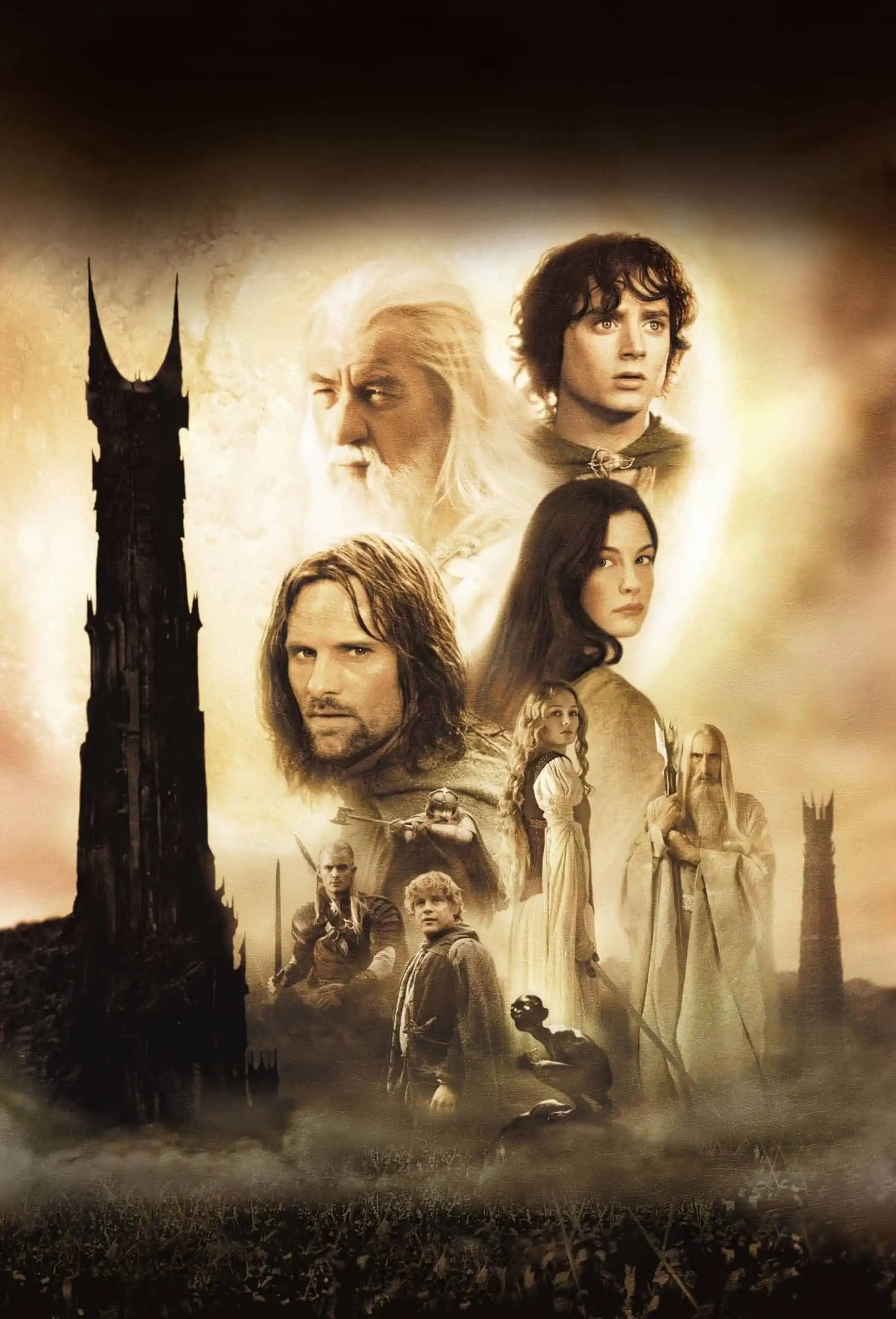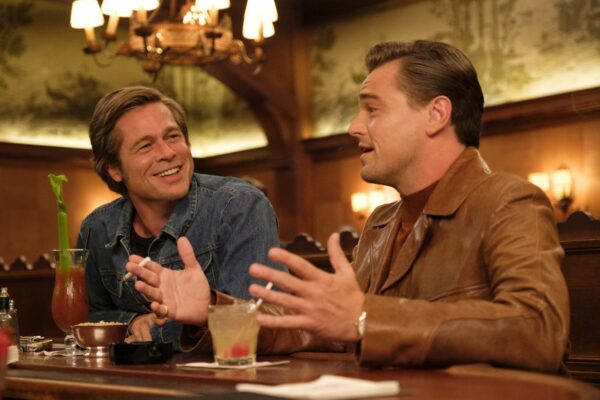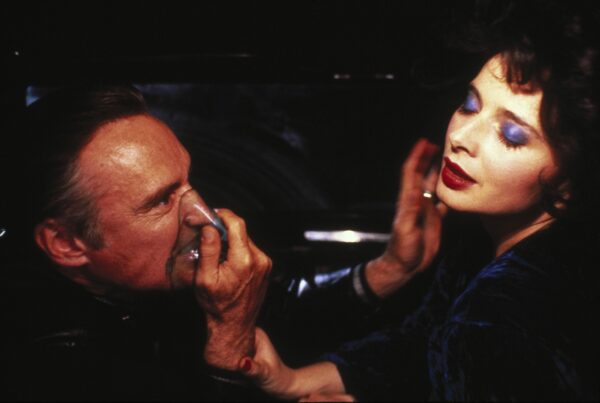
Paul Thomas Anderson’s There Will Be Blood has been acclaimed as one of the great films of the 21st century. We’re telling the behind the scenes story.
There Will Be Blood was released in 2007 as Paul Thomas Anderson’s 5th feature film as writer-director. Acclaimed as an instant classic, and with a huge presence at the awards ceremonies, the film is now regarded as one of the greatest movies of the 21st century. Featuring an Oscar-winning leading performance from 3-time Oscar winner Daniel Day-Lewis, the production of the film was full of interesting stories. We’re telling that behind the scenes tale with 30 huge facts about There Will Be Blood.
1. The opening to the film was shot at a realistic location
The opening scene of There Will Be Blood shows us our protagonist, Daniel Plainview. Mining for silver and gold, this sequence was shot at a real mine. It’s called the Presidio mine in a town called Shafter, Texas. Shafter was a booming mining town in the early 1900s but by the time they came to film There Will Be Blood there, there was only 11 people living there.

The Presidio mine in Shafter, Texas
2. There are very few words in the opening
The first line in the film is Daniel saying, “No,” then, “There she is,” after 4 minutes 55 seconds. The next line of dialogue doesn’t come until almost 15 minutes in. Paul Thomas Anderson would say later, in an interview with Entertainment Weekly:
“I always had a dream about making a movie that had no dialogue in it – just music and pictures. The closest I got was the beginning of There Will Be Blood.”
Daniel Day-Lewis has also since said that the original script for the film had no dialogue for the first 30 minutes.
3. The film is dedicated to a famous filmmaker
In the credits, There Will Be Blood is dedicated to the memory of Robert Altman, the acclaimed director of M*A*S*H (1970), Nashville (1975) and The Player (1992). While editing was under way on There Will Be Blood, Robert Altman passed away, and Anderson made the dedication.
4. Anderson had a fluid process during filming
PTA didn’t storyboard the entirety of the film as he wasn’t certain how and where some scenes would work best. As such, he’d often shoot scenes multiple times in different locations and then decide which worked best in the edit.
5. The editors had a strict diet
During editing, PTA and lead editor Dylan Tichenor would have one night where they would have steak and straight vodka for dinner. The idea was that it would keep them in the mentality of Daniel Plainview throughout the process.

Paul Thomas Anderson and Daniel Day-Lewis
6. An Old Hollywood classic was a big influence
Since There Will Be Blood was released it’s been reported that PTA watched a certain film every night before filming. The Treasure of the Sierra Madre is a 1948 western directed by John Huston and it was an influence. Anderson has since said that how many times he watched Huston’s film has been exaggerated but he was inspired by some of the visuals and the storytelling.

The Treasure of the Sierra Madre
7. PTA couldn’t film in his desired location
There Will Be Blood is set in California so, naturally, PAul Thomas Anderson wanted to film on location there for authenticity. However, when he and the location scouts surveyed the area they couldn’t find anywhere there that looked like California in the early 1900s as it had changed changed so much. So they ended up filming most of the film in Marfa, Texas.
8. Daniel Plainview may have invented a significant piece of machinery
In the near-dialogue free opening of the film, we are presented with a lot of strong imagery. One of those visuals includes a brief glimpse of Daniel sketching something on a piece of paper. What he is drawing appears to be a mock draft of the earliest oil rig, one of the great American inventions of the early 20th century. So Daniel may have had an even bigger impact on the industry than we realised.
9. PTA always wanted DDL
It’s probably difficult to imagine anybody but Daniel Day-Lewis playing Daniel Plainview, and it seems that was true for Paul Thomas Anderson too. He wrote the part specifically for Daniel Day-Lewis. The producer, JoAnn Sellar, said that if Day-Lewis had said no to playing the part, the film might not have been made. Anderson was so keen to get Day-Lewis that he sent him the script before it was even finished.

Daniel Day-Lewis as Daniel Plainview
10. DDL liked PTA, too
Day-Lewis had been a big fan of Punch Drunk Love, Paul Thomas Anderson’s previous film from 2002. As such, he always wanted to work with PTA. Day-Lewis read the script for There Will Be Blood and liked it a lot. He said he was drawn to the film because he thought he could explore the dark recesses of his own psyche with Daniel Plainview and it was appealing to play a character so unlike himself.
11. Day-Lewis did some impressive ad-libbing
Day-Lewis loved PTA’s writing, but he did do some improvising on the film too. The introduction speech that Plainview gives to the people of Little Boston where he talks about building schools and bringing bread to the town was improvised by Day-Lewis. And Paul Thomas Anderson loved it. He said, “It was delicious. It was Plainview on a platter.”
12. Day-Lewis put work into creating Plainview’s voice
Daniel Plainview has a distinctive way of speaking, and that was deliberately developed by Daniel Day-Lewis. Day-Lewis worked on the part for over a year and before they started filming, PTA sent Day-Lewis some old documentaries about the period setting to inspire him. And Day-Lewis also read letters written by men who really worked in the oilfields at that time – eary 20th century. He said the letters were, “Full of sentimentality, love and loss.”
And, another link to Treasure of the Sierra Madre, Day-Lewis listened to audio recordings of its director, John Huston, and took some inspiration from his voice.

John Huston inspired Daniel Plainview’s voice
13. Daniel is loosely based on a real person
Also, perhaps terrifyingly, Daniel Plainview is partly based on a real person. There was a well-known oil tycoon called Edward Doheny in the United States in the early 1900s, and Daniel is based loosely on him. Some examples:
- They were both from the same place – Fond du Lac in Wisconsin.
- Both men worked for Geological Survey in Kansas and were miners before going into oil.
- We see Daniel in his mansion at the end of the film. These scenes were filmed at Greystone Mansion in Beverly Hills. That house was built by Doheny for his son, Edward Doheny, Jr.
- And Daniel’s famous ‘milkshake’ speech at the end of the film is loosely based on transcripts from hearings of the Teapot Dome Scandal, which involved Edward Doheny.
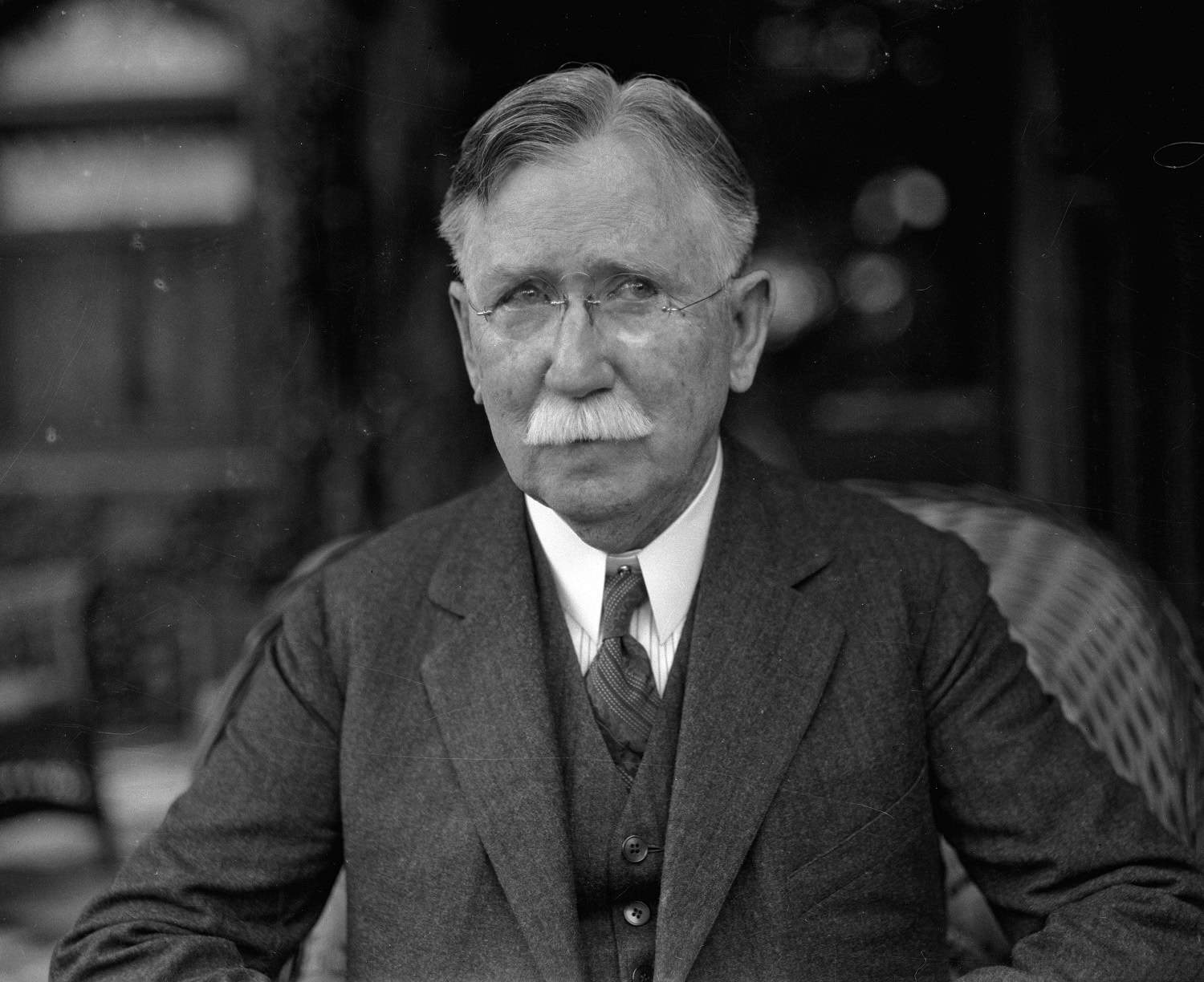
Edward Doheny was an inspiration for Daniel Plainview
14. An iconic figure from popular culture was also an inspiration
Daniel’s based on a real person and also, apparently, a famous fictional character. It’s been said that Anderson based Daniel on Count Dracula. Some examples:
- The first time we see Daniel in the mineshaft he’s bathed in darkness, protected from sunlight.
- Daniel thirsts for oil, which is the blood of the land.
- Daniel’s nemesis is a preacher – a man of God.
- And by the end of the film he’s living all alone in a huge castle-like mansion. Might as well be in Transylvania.

PTA may have taken some influence from Bram Stoker’s famous vampire
15. Day-Lewis was very specific over his choice of headwear
The costume designer on the film, Mark Bridges, said that working with Daniel Day-Lewis was a learning experience. He said that DDL made Daniel’s clothes very important to his character. Specifically, his hats.
Bridges showed Day-Lewis three hats and asked him which one he wanted to wear as Daniel. Day-Lewis took them all home for three days and picked the one he wanted. And Bridges said he knew when Day-Lewis was in character because he’d be wearing the hat.
16. Paul Dano was impressed with Day-Lewis
Paul Dano is the second most prominent actor in the film and plays two roles in twin brothers Paul and Eli Sunday. After they finished filming, when Dano was asked what it was like to work with Day-Lewis. He said, “I’d read the script but hearing it come out of him is another level. I was just going holy sh*t, he’s so powerful.”

Dano and Day-Lewis on the set
17. Paul Dano was not the first person cast as Eli Sunday
Dano was originally only cast as Paul Sunday and an actor called Kel O’Neill was cast as Eli. After a few weeks of shooting, Anderson decided it wasn’t working with O’Neill as Eli so he was fired. Anderson then asked Paul Dano if he could play both Paul and Eli if they were changed to be twins. There were rumours at the time that Kel O’Neill left the production because he was so intimidated by Daniel Day-Lewis, but that’s not true – Kel O’Neill himself said it just wasn’t clicking between him and Paul Thomas Anderson.

Kel O’Neill was originally cast as Eli
18. Another Old Hollywood film was an inspiration for the film
One of the most memorable sequences in the film is the oil derrick explosion scene. A huge action set piece which leaves DAniel’s soin, H.W. permanently deaf. The inspiration for the oil derrick explosion came from Giant, 1956 film starring James Dean and Elizabeth Taylor. Giant is apparently one of PTA’s favourite films, and there’s a scene in that film featuring an oil geyser blowing.
19. Filming the oil derrick explosion proved very difficult
The Director of Photography on the film was Robert Elswit and he said filming the oil derrick set piece was, “A nightmare.” The sequence was planned out with military precision and the only scene that was storyboarded in full. It was meant to be shot over two nights but at the end of the first night they couldn’t put the fire out because the wood of the derrick was too dry. The special effects supervisor was called Steve Cremin and he said to Anderson, “It’s going to collapse before it burns out so you need to get everything you need now,” and it was a rush to get every shot before the derrick collapsed. The only shot they didn’t get that PTA wanted was a shot looking down from the top of the derrick at Daniel 200ft below.
20. Another huge film shot in the same location at the same time
There Will Be Blood was mostly shot in Marfa, Texas. At the same time, the Coen bothers’ No Country For Old Men was shooting there too. There was one day when the There Will Be Blood crew were testing the pyrotechnic effects they’d use during the oil derrick explosion scene. It caused a huge billowing smoke cloud that you could see for miles around and meant that the Coens had to shut down production for a day on No Country For Old Men.
And when the Coens found out both films were shooting in Marfa, they booked up all the rooms in the biggest motel in town. PTA called them, “Sneaky bastards.”
21. A line in the film refers to a deleted scene
There was a scene in the screenplay that PTA later removed from the final cut. It iss still referenced in the film, though. There was a scene where Daniel told his fake brother Henry, “My c**k doesn’t work.” And there was also a scene where we see them both with prostitutes. And this scene is what Eli is referring to in the baptism sequence when he says Daniel has, “Lusted after women.”
22. The film is based on a novel
There Will Be Blood is based on Oil! by Upton Sinclair, published in 1926. PTA said that it felt like he was collaborating with Sinclair rather than adapting him because he only used the first 150 pages of the novel. So there are a lot of differences between the book and the film:
- The character names are different. In the book, the main character is called J. Arnold Ross – that became Daniel Plainview. In the book, his son is called J. Arnold Ross, Jr. so he names him after himself.
- The time period changes too. Sinclair’s novel is set in the 1920s, but PTA moved it to about 20-30 years earlier.
23. Some of the characters were real-life figures
We mentioned Edward Doheny earlier as being an inspiration for Daniel, and some of the other characters in the film are based on real life, too:
- Daniel’s business partner is H.B. Ailman, played by Barry Del Sherman. There was a real oil man at the time called H.B. Ailman. Ailman worked with Edward Doheny in real life.
- Two supporting characters are the Standard Oil representatives H. M. Tilford played by David Warshofsky and and J. J. Carter played by Tom Doyle. They were real prospectors who worked for Standard Oil around that time.
24. The music was composed by a rock icon
The haunting score for the film was composed by Johnny Greenwood, known at the time as the lead guitarist in British rock band Radiohead. Greenwood’s music was performed largely by the BBC Concert Orchestra and he said the creative process was that he wrote hours and hours of music He and Anderson then stripped it all back to 33 minutes together.
And Greenwood said, “I tried to write to the scenery, and the story rather than creating specific theme tunes for characters. It’s not the kind of narrative that would suit that.”
As well as Johnny Greenwood’s music there’s some traditional music in there too. Two Christian hymns are heard, both sung by Eli’s congregation. One is called There Is Power In The Blood, which links back to the title. And also one called What A Friend We Have In Jesus.

Johnny Greenwood wrote the score
25. Greenwood wasn’t eligible at the Oscars
Jonhny Greenwood’s score was very well-received by audiences and critics alike. However, it was not eligible for Best Original Score at the Oscars. This was because Greenwood used parts of some music he’d written previously for a documentary called Bodysong, so went against Academy rules.
26. PTA used a period-specific camera
Tying in with the setting of the film, Paul Thomas Anderson used a very specific camera for the film. He owned a vintage 1910 Pathé camera. He used the lens from this camera to shoot some scenes in There Will Be Blood with it. It shot at a lower resolution and saturated some of the colour at the edge of the frame to give a more old-fashioned aesthetic. One of those scenes was a shot on the train where we see Daniel sleeping with H.W. as an infant.

The Pathé camera used in the film
27. Elswit had some input on the colour scheme
Robert Elswit played a part in some of the colours used in the climactic scene. We see a bowling alley in Daniel’s house at the end of the film. PTA’s original plan was for the bowling alley to be painted entirely white to give it a striking look. Elswit said that would limit what he could do with the lighting and convinced Anderson to change his mind so they could make it look more menacing and dramatic.

The bowling alley as seen in the film
28. Young H.W. went through a rigorous casting process
Young H.W. is played by Dillon Freasier. To find the young actor, the casting director – Cassandra Kulukundis – contacted schools around Marfa, Texas, to find some potential child actors. She was recommended Dillon Freasier, met with him and did an improv session with him. She was impressed so recommended him to Paul Thomas Anderson.
On the night Kulukundis went to meet Dillon, she was pulled over for speeding. The state trooper asked where she was headed and said, “That’s my place.” The trooper was Dillon’s mother. She let Kulukundis off with a warning.
Freasier was only 11 so his mother wanted to figure out who Daniel Day-Lewis was. She rented a copy of Gangs of New York (2002). Obviously she was terrified at the thought of her child knocking about with Bill The Butcher so Cassandra Kulukundis quickly had a copy of Age of Innocence (1993) sent over, where DDL is far more of a gentleman.
29. There’s some confusion as to who plays the butler
We also see Daniel’s butler in the final scene. His character doesn’t have a name but he’s played by either Phil Shelly or Vince Froio – they’re both credited on IMDb. During filming, a photographer sneaked on set and took a picture of the actor playing the butler and they ran an article saying how Daniel Day-Lewis had completely transformed himself for this new role.
30. The ending could have been different
The film was always meant to end with Daniel killing Eli. But originally, he killed him with a silver tumbler instead of a bowling pin. PTA changed it to be less graphic.
And after he’d killed Eli, Daniel then threw his body through the bowling pins.
We also mentioned how the mansion where the finale was filmed was built by Edward Doheny for his son, Ned Doheny. In 1929, Ned Doheny and his assistant, Hugh Plunkett, were found dead in the mansion by Doheny’s wife. Apparently it was murder-suicide by Plunkett – the rumour beingthey were lovers.
BONUS FACT: The film’s most quoted line was taken from real life
The most famous line in There Will Be Blood comes in the final scene. Intent on destroying Eli completely, Daniel explains the basics of oil drilling by exclaiming, “I drink your milkshake.”
PTA said he found the phrase in transcripts from the 1920s Teapot Dome Scandal – a controversy around oil companies bribing officials for land – where ‘milkshake’ had been used as an analogy for oil. But it’s been speculated since that it came from a a senator called Pete Domenici in 2003. Domenici said that drilling oil was like a child drinking milkshake in the kitchen from their bedroom.
And you’ve reached the end – 30 mammoth facts about There Will Be Blood – a masterpiece of the 21st century. Please share on your social media channels, and subscribe to our YouTube channel for lots of great video content.
The beginning of a beautiful friendship
Stay up-to-date with all things All The Right Movies by signing up for our e-newsletter.



